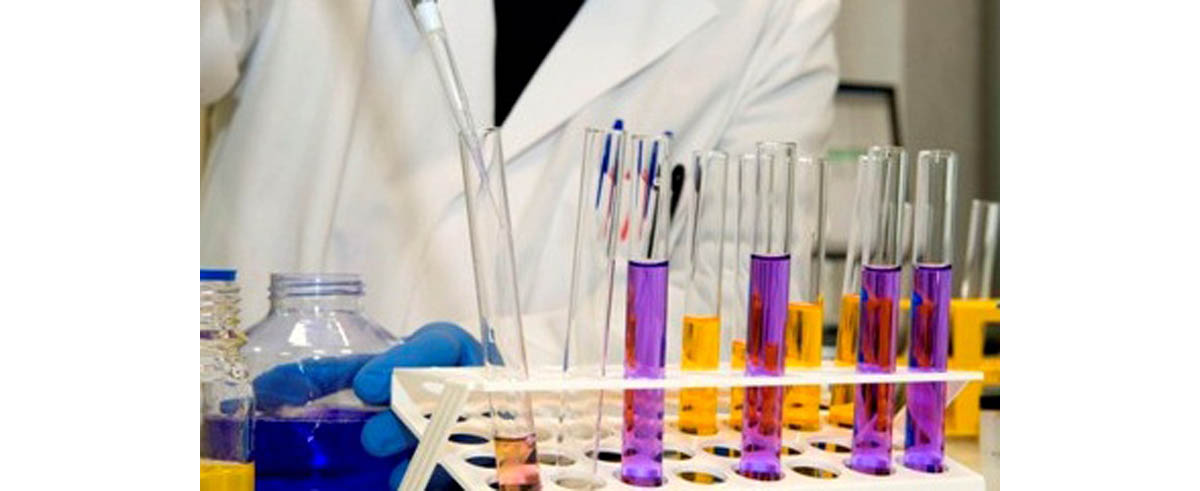From taking a tiny snip of skin to create brain cells to treat Alzheimer's disease to a vaccine for HIV, exciting medical developments are near.
Every December pundits and prognosticators polish their crystal balls to make predictions for the following year. Here are ten predictions of medical breakthroughs we may see in 2012—or perhaps 2013 or 2014.

In 2010, scientists learned how to transform stem cells created from skin cells into brain cells. Although it probably won't be 2012, treatments for Parkinson's disease, Alzheimer's disease, and Alzheimer's disease using skin cells—bypassing ethical concerns—are probably on the way over the next 5 years.
The third-eye retroscope has both a forward-facing camera and a backward-facing camera, both with lighting systems. The ability to look in both directions helps gastroenterologists detect tumors that grow in folds of the intestine that might otherwise be missed. This device will be generally available in January 2012, although all doctors may not start using it right away.
The next medical development addresses a world wide epidemic.

The problem with creating a vaccine for HIV has been that the human immune system does not recognize any of the surfaces of the virus. A team of research scientists at (US) National Institute of Allergy and Infectious Diseases, however, has learned how to make a synthetic protein that triggers the human immune system to make an antibody to HIV. The vaccine is currently being tested on animals and likely will be tested on human volunteers sometime in the next two years.
Dapagliflozin works by causing the kidneys to excrete more sugar into urine. Clinical trials in the United Kingdom find that it lowers HbA1C levels on average about 0.8%. This is roughly equivalent to a 15 mg/dl or 1.0 mmol/L reduction in average blood sugar levels. That isn't a cure for diabetes, but it may be quite helpful. The drug also seems to encourage weight loss in most users—although yeast infections may be aggravated.

1. Skin cells as stem cells.
Stem cell technology holds enormous promise as a means of restoring damaged or disease tissues. Just 10 years ago scientists only knew how to harvest stem cells from their most obvious source, human embryos. Now the stem cells that form bone, muscle, and fat can be harvested from the patient's own blood stream, cultured in a lab, and returned to the patient in far greater numbers for heart repair. And since 2007, scientists have known how to transform skin cells into stem cells—although the technique has only been performed on two patients.In 2010, scientists learned how to transform stem cells created from skin cells into brain cells. Although it probably won't be 2012, treatments for Parkinson's disease, Alzheimer's disease, and Alzheimer's disease using skin cells—bypassing ethical concerns—are probably on the way over the next 5 years.
2. A pill for obsessive-compulsive disorder.
Obsessive-compulsive disorder, also known as OCD, causes its sufferers to have repeated thoughts, fears, and images and to repeat ritualistic behavior they cannot control. The condition is usually treated with cognitive behavioral therapy. This is approach is effective 58% of the time. Now scientists from the University of South Florida report that cognitive behavioral therapy plus treatment with a tuberculosis drug known as D-cycloserine is effective 72% of the time. Some users of the drug fail to go into complete remission even from the combination of treatments, but most achieve some relief. Clinical trials should be complete in 2012.3. A new colonoscopy device.
All adults over 50 are advised to get a colonoscopy so doctors can detect polyps before they become cancerous tumors. Almost all adults over 50 dread the thought of the procedure. A new device called the third-eye retroscope at least offers assurance the doctor will detect tumors that older style colonoscopy sometimes misses.The third-eye retroscope has both a forward-facing camera and a backward-facing camera, both with lighting systems. The ability to look in both directions helps gastroenterologists detect tumors that grow in folds of the intestine that might otherwise be missed. This device will be generally available in January 2012, although all doctors may not start using it right away.
4. Social distancing to prevent the spread of infectious diseases.
The problems with vaccinations are two-fold. Not everybody takes them, and they don't always work. When vaccinations don't work or vaccines are not available, then public health officials result to the age-old method of dealing with the spread of disease: quarantine. Modern mathematics, however, suggests that draconian measures don't have to applied as soon as the first few cases are detected. Taking into account that most epidemics surge when quarantine has to be lifted, epidemiologists now believe that it can be helpful to give people time to prepare for their stay indoors. The CDC has already taken these findings into consideration in planning responses to pandemic flu.5. Microwaves for profuse perspiration.
Some people get drenched with sweat when the weather gets hot. There are few places the problem is worse than in the American South. Some people in the South resort to Botox injections to control sweating but a Metairie, Lousiana physician Dr. William Patrick Coleman has developed a method of treating excessive perspiration with microwave. He first applies a temporary tattoo to problem skin. The ink accumulates in sweat glands. Dr. Coleman then uses a computer-guided microwave want to destroy the sweat glands without damaging the skin on top of them. Results are permanent.Five More Medical Developments on the Way in 2012 and Beyond
The next medical development addresses a world wide epidemic.

6. Vaccination for HIV
AIDS has become a largely manageable disease. With the right treatment, people who have HIV or AIDS can live indefinitely—but even in the United States only about 28% of people with HIV or AIDS take all their drugs regularly enough to keep the virus under control. A vaccination for HIV, however, would make AIDS treatment unnecessary.The problem with creating a vaccine for HIV has been that the human immune system does not recognize any of the surfaces of the virus. A team of research scientists at (US) National Institute of Allergy and Infectious Diseases, however, has learned how to make a synthetic protein that triggers the human immune system to make an antibody to HIV. The vaccine is currently being tested on animals and likely will be tested on human volunteers sometime in the next two years.
7. A new drug for diabetes.
Diabetes drugs that increase the body's production of insulin have a way of causing more problems than they correct. All diabetes drugs in this class encourage weight gain, and they also aggravate insulin resistance, making the underlying problem that causes type 2 diabetes even worse. A new drug for diabetes, dapagliflozin, may bypass these problems.Dapagliflozin works by causing the kidneys to excrete more sugar into urine. Clinical trials in the United Kingdom find that it lowers HbA1C levels on average about 0.8%. This is roughly equivalent to a 15 mg/dl or 1.0 mmol/L reduction in average blood sugar levels. That isn't a cure for diabetes, but it may be quite helpful. The drug also seems to encourage weight loss in most users—although yeast infections may be aggravated.
8. Doctors will be less inclined to prescribe statin drugs to people who have normal cholesterol levels.
Advocates of lowering cholesterol often describe statin drugs as so safe they should be added to the water supply like fluorides. The recent JUPITER study, however, found that people who had normal cholesterol were more likely to develop diabetes if they took the common cholesterol-lowering drugs. Moreover, while giving statins to people who did not have high cholesterol did lower the already-low rates of heart attack and stroke by 50%, it turned out that the drugs were only helpful for people who had abnormally high levels of the CR-P marker for inflammation. As more doctors realize that statins work by lowering inflammation, not by lowering cholesterol, perhaps more will be judicious in prescribing them so that patients do not suffer unnecessary side effects.Read more: The Ten Worst Health Trends of 2011
9. Some cases of autism will be reclassified as Fragile X Syndrome.
Fragile X syndrome is caused by the absence of a gene on the X chromosome everyone needs to make the brain chemical serotonin. About 30% of people who have Fragile X Syndrome suffer autism and another 30% suffer some form of autistic spectrum disorder, such as Asperger's. Dr. Randi Hagerman of the University of California at Sacramento has found that treating autistic children who have Fragile X Syndrome with a drug that stimulates the production of serotonin can sometimes lead to "miraculous" remissions from symptoms.10. In some cases, doctors may be able to save lives with Salmonella.
For over 150 years, doctors have been recording cases of cancer patients who went into remission after they came down with infections. Now Drs. Dan Saltzman and Edward Greeno are using a single dose of Salmonella taken by mouth (with Gatorade) as a potential treatment for all kinds of cancer. They are currently in Phase III clinical testing of the treatment. Results may be announced in late 2012.- Nossal GJ. Vaccines of the future. Vaccine. 2011 Dec 18. [Epub ahead of print]
- Photo courtesy of alain_mesa on Flickr: www.flickr.com/photos/alain_mesa/3682349626
- Photo courtesy of 51868421@N04 on Flickr: www.flickr.com/photos/51868421@N04/5277695536

